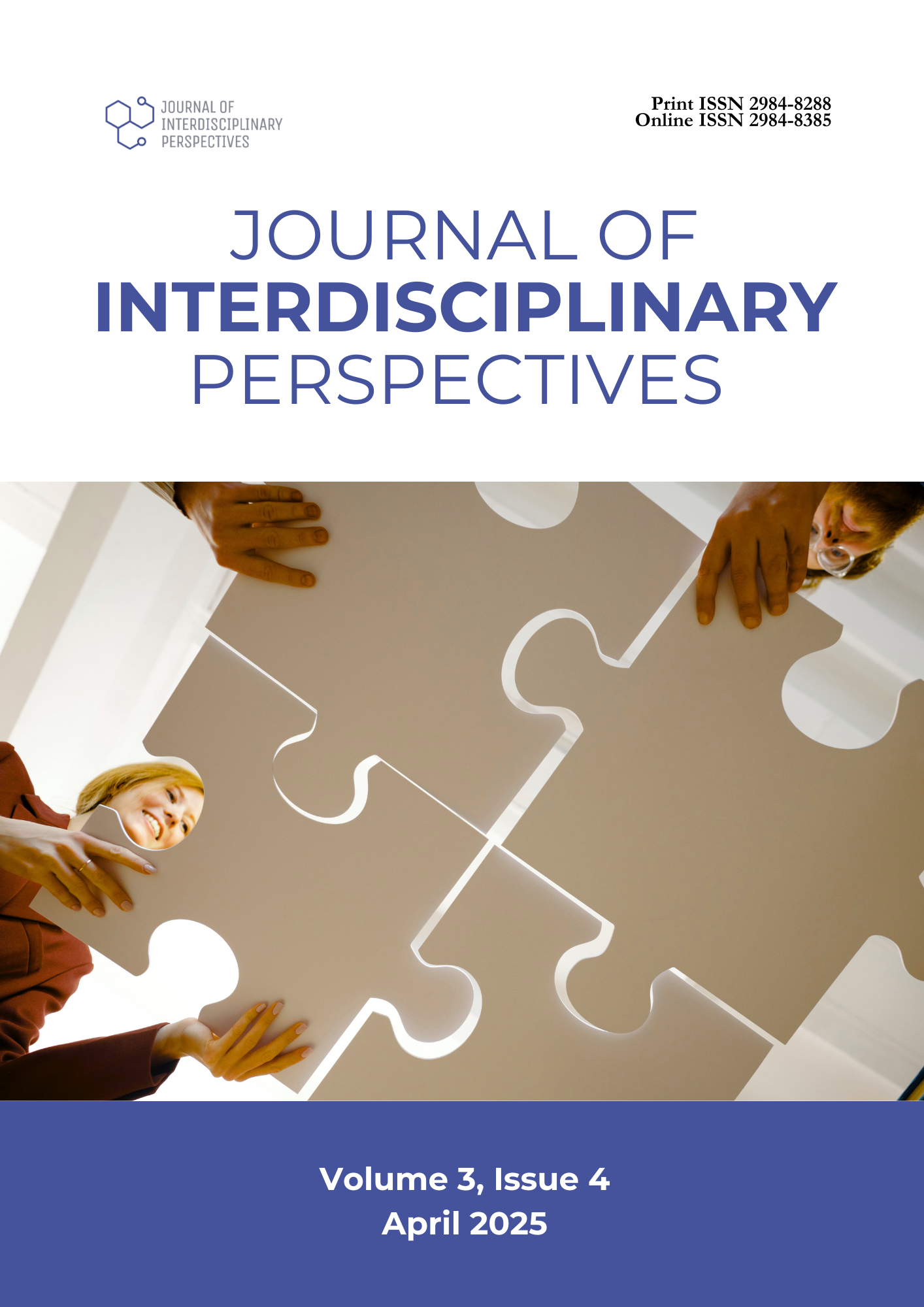Knowledge, Attitudes, and Practices in Financial Literacy among Business Administration Students in Urban College in the Philippines
DOI:
https://doi.org/10.69569/jip.2025.063aKeywords:
Business administration, Curriculum gaps, Financial education, Financial literacy, PhilippinesAbstract
This study examined the knowledge, attitudes, and practices in financial literacy among business administration students in urban colleges in the Philippines. Using a survey-based quantitative approach, the study assessed students' understanding of key financial concepts, including income, expenses, debt, credit, and savings. Results indicated that students generally had a positive attitude toward financial literacy. In terms of knowledge, they vary significantly when grouped according to demographic factors such as age, sex, and year level. Regarding attitude, they vary significantly when grouped according to demographic factors such as age, monthly income, and year level. Also, in terms of practice, they vary significantly when grouped according to demographic factors such as age, sex, monthly income, and year level. The study concluded that there is a strong relationship between financial knowledge, attitudes, and financial practices. The findings highlighted curriculum gaps in financial literacy education and emphasized the need for integrating practical financial management courses. It recommended strengthening financial literacy programs through collaboration between academic institutions and financial experts to provide real-world financial education and mentorship, ultimately enhancing students’ financial well-being.
Downloads
References
Andarsari, P. R., & Ningtyas, M. N. (2019). The role of financial literacy on financial behavior. Journal of Accounting and Business Education, 4(1), 24–33. https://doi.org/10.26675/jabe.v4i1.8524
Brau, J. C., Holmes, A. L., & Israelsen, C. L. (2019). Financial literacy among college students. Journal of Financial Education, 45(2), 179-205. https://www.jstor.org/stable/48632887 Beal, D. J., & Delpachitra, S. B. (2003). Financial literacy among australian university students. Economic Papers: A Journal of Applied Economics and Policy, 22(1), 65–78.
https://doi.org/10.1111/j.1759-3441.2003.tb00337.x
Chen, H., & Volpe, R. P. (1998). An analysis of personal financial literacy among college students. Financial Services Review, 7(2), 107–128. https://doi.org/10.1016/S1057-0810(99)80006-7 Cantor, P. (2019). The impact of student loan debt on financial well-being. Journal of Financial Studies, 12(3), 45-62.
Carnevale, A. P., Rose, S. J., & Cheah, B. (2021). The financial benefits of higher education: A study by Georgetown University’s Center on Education and the Workforce. Journal of Higher
Education Research, 58(3), 214-229.
Cull, M., & Whitton, D. (2011). University students’ financial literacy levels: Obstacles and aids. The Economic and Labour Relations Review, 22(1), 99–114. https://doi.org/10.1177/103530461102200106
Furnham, A., Cheng, H., & Chamorro-Premuzic, T. (2019). Positive attitudes toward savings and financial planning behaviors. Journal of Financial Psychology, 15(3), 123-145. Gross, J. (2020). Understanding your financial situation: The importance of budgeting and saving. Financial Planning Journal, 34(1), 15-22.
Hanna, T. (2020). Choosing the right savings account or investment vehicle. Journal of Personal Finance, 29(3), 45-58. Hulse, J. (2021). The value of specialized skills in today's job market. LinkedIn.
Investopedia (2021). The 50/30/20 Budget Rule Explained With Examples. Retrieved from https://www.investopedia.com/ask/answers/022916/what-502030-budget-rule.asp Johnson, L. B. (2018). Financial behaviors and perceptions in retirement planning. In National Financial Capability Study: Annual Report 2018 (pp. 75-90). FINRA Investor Education
Foundation.
Kim, J., & DeVaney, S. A. (2018). Attitudes toward credit and responsible financial behavior. Journal of Consumer Affairs, 52(1), 142-160.
Kuntze, R., Wu, C.(K)., Wooldridge, B.R. and Whang, Y.-O. (2019). Improving financial literacy in college of business students: modernizing delivery tools. International Journal of Bank Marketing, 37(4), 976-990. https://doi.org/10.1108/IJBM-03-2018-0080
Louis. (2019). Financial Literacy Month Is a Great Time to “Take Charge” of Your Credit.
Lusardi, A., & Tufano, P. (2015). Debt literacy, financial experiences, and overindebtedness. Journal of Pension Economics & Finance, 14(4), 332-368.
Lusardi, A. (2019). Financial literacy and the need for financial education: Evidence and implications. Swiss Journal of Economics and Statistics, 155(1), 1. https://doi.org/10.1186/s41937- 019-0027-5
Martinez, A.L. (2024). Improved financial literacy still needed among Filipinos. BusinessWorld. Retrieved from https://tinyurl.com/665ssetf
Philippas, N. D., & Avdoulas, C. (2021). Financial literacy and financial well-being among generation-Z university students: Evidence from Greece. In Financial Literacy and Responsible Finance in the FinTech Era (pp. 64-85). Routledge.
Rosacker, K. M., Ragothaman, S., & Gillispie, M. (2009). Financial literacy of freshmen business school students. College Student Journal, 43(2), 391–400. https://tinyurl.com/3etypr3h Schreber, M., & Lefebvre, C. (2020). Attitudes toward savings and financial behavior. Journal of Financial Counseling and Planning, 31(3), 245-262.
Stango, V., & Zinman, J. (2009). The importance of saving for financial security. Journal of Economic Perspectives, 23(1), 37-58. Willis, J. (2020). The effects of student loan debt on career choices and mental health. Journal of Higher Education, 18(4), 78-95.
Downloads
Published
How to Cite
Issue
Section
License
Copyright (c) 2025 Journal of Interdisciplinary Perspectives

This work is licensed under a Creative Commons Attribution-NonCommercial 4.0 International License.








